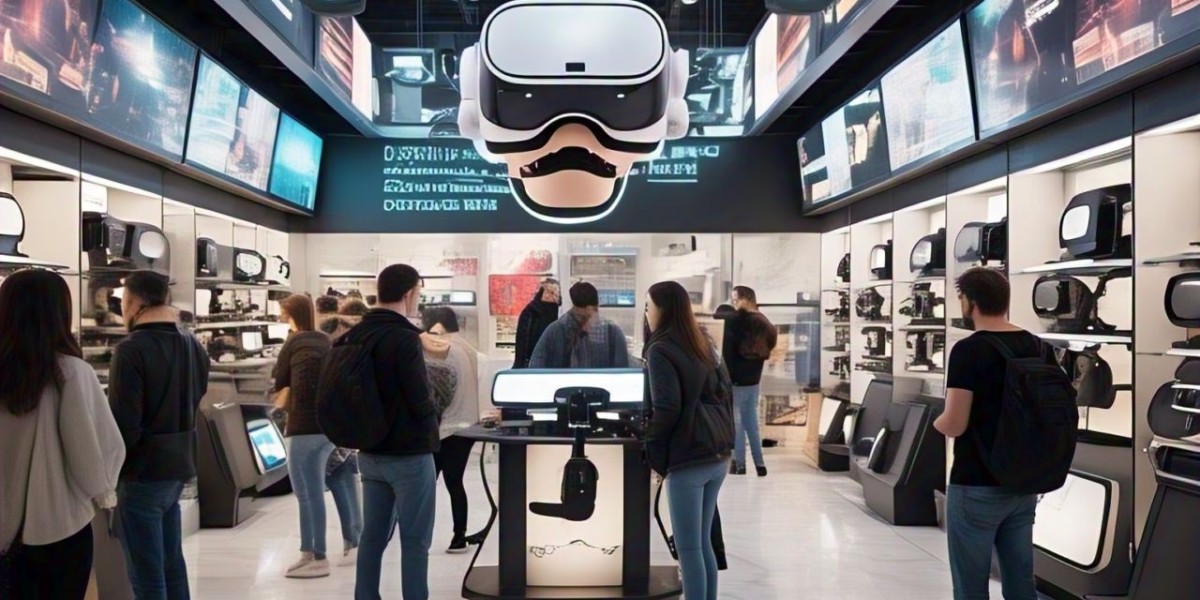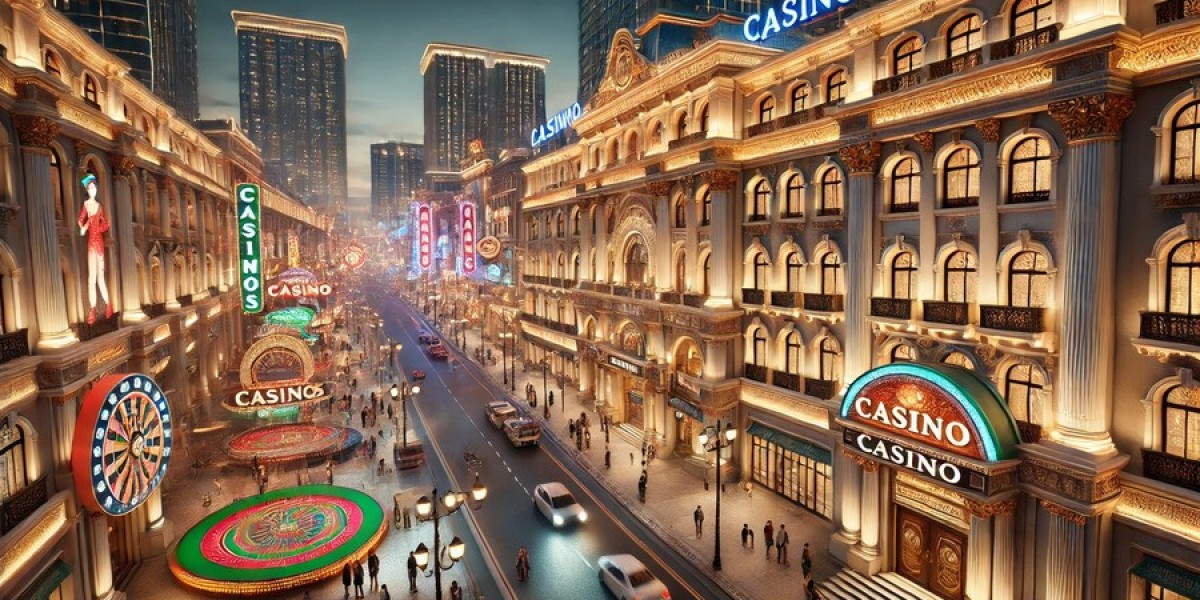The retail industry is undergoing a massive transformation with the integration of Nextgen Virtual Reality (VR). This technology is reshaping the shopping experience, offering consumers an immersive, interactive, and highly personalized way to browse and purchase products. From virtual showrooms to AI-driven shopping assistants, VR is bringing the convenience of e-commerce together with the engagement of in-store shopping.
1. The Evolution of Virtual Shopping
Traditional e-commerce platforms rely on images, descriptions, and videos, but VR takes it a step further by allowing customers to:
- Explore virtual stores just like they would in a physical shop.
- Try on clothes, accessories, or makeup using digital avatars.
- Experience 3D product demonstrations before making a purchase.
Retailers like Amazon, IKEA, and Gucci are already leveraging VR to create immersive shopping experiences that help customers make informed decisions.
2. How VR is Changing the Retail Landscape
a) Virtual Stores & Showrooms
VR allows brands to create fully immersive virtual storefronts where customers can browse products as if they were walking through a physical store. Companies like Walmart and Nike have developed VR-powered shopping platforms that allow customers to explore their collections without leaving home.
b) Personalized Shopping with AI
VR shopping experiences are enhanced by AI-driven personal assistants that recommend products based on user preferences, past purchases, and browsing behavior. This creates a hyper-personalized shopping journey, increasing customer satisfaction and sales.
c) Interactive Product Testing
Customers can interact with products in 3D before making a purchase. For instance, furniture retailers like IKEA allow shoppers to place virtual furniture in their homes to see how it fits before buying. Similarly, cosmetic brands like Sephora offer VR-powered virtual try-ons for makeup and skincare.
3. The Benefits of VR Shopping
a) Increased Customer Engagement
VR shopping makes the experience more interactive and enjoyable, leading to higher engagement and longer browsing times.
b) Reduced Returns & Improved Satisfaction
Since customers can virtually try products before purchasing, the chances of returns and exchanges are reduced, saving retailers money and improving customer satisfaction.
c) Expanding Accessibility
VR shopping allows people in remote areas to access the same retail experience as those in major cities, bridging the gap between physical and online retail.
4. Challenges & Future Prospects
Despite its advantages, VR shopping still faces some challenges, such as:
- High costs of VR hardware for consumers.
- Limited adoption of VR technology among retailers.
- Need for improved internet speeds for seamless experiences.
However, as VR headsets become more affordable and internet speeds improve, VR shopping will become a standard in the retail industry. The future will likely see full-body haptic feedback suits, AI-powered virtual assistants, and even blockchain-powered VR marketplaces.
Conclusion
Nextgen VR is revolutionizing retail shopping, offering consumers an engaging, immersive, and highly customized experience. As more brands adopt this technology, shopping in virtual stores may soon become the norm rather than the exception. The future of retail is virtual, interactive, and limitless.








